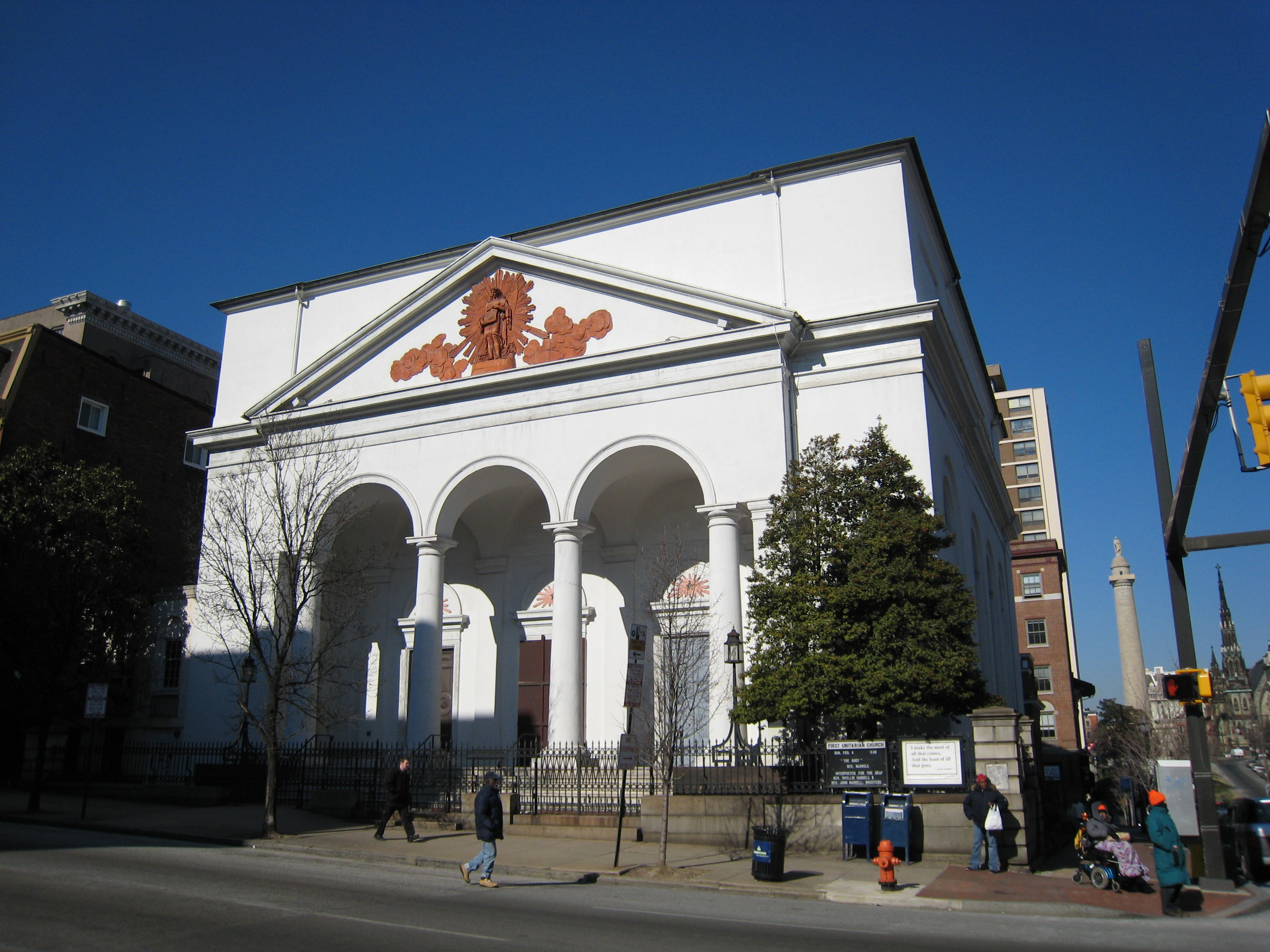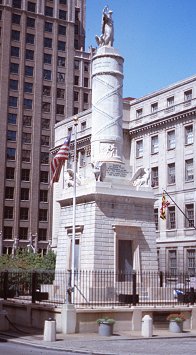Reflecting the rich industrial heritage of the Jones Falls Valley, this week’s Baltimore Building of the Week is the 1807 Washington Mill building.

The Industrial Revolution began in England with simple water-powered machines to spin and later to weave cotton. Although Samuel Slater smuggled some of the designs into Rhode Island in 1793, the English mills dominated the market until 1807, when President Jefferson imposed an embargo on trade with England. The Washington Cotton Factory in Mount Washington dates from that year. Besides being the oldest industrial building in Baltimore, it is arguably the third oldest in the USA. Drawing power from the swiftly flowing Jones Falls, the sturdy stone mill was built to bear the weight of heavy machinery. Long rows of windows provided natural light for the three factory floors. This historic building, along with other pioneer industrial buildings on the site, has been imaginatively preserved as part of the mixed office and retail Mt. Washington Mill development. Other textile mills along the Jones Falls south of Mount Washington have been put to a variety of new uses, reminding Baltimoreans of their industrial heritage.
The rehabilitation of the historic mill complex began in 1988 and many more photos of the site may be found on the Mt. Washington Mill website. For more on the industrial heritage of the Jones Falls, check out this history from the Jones Falls Watershed Association or the Maryland Byways brochure on Falls Road (PDF).





